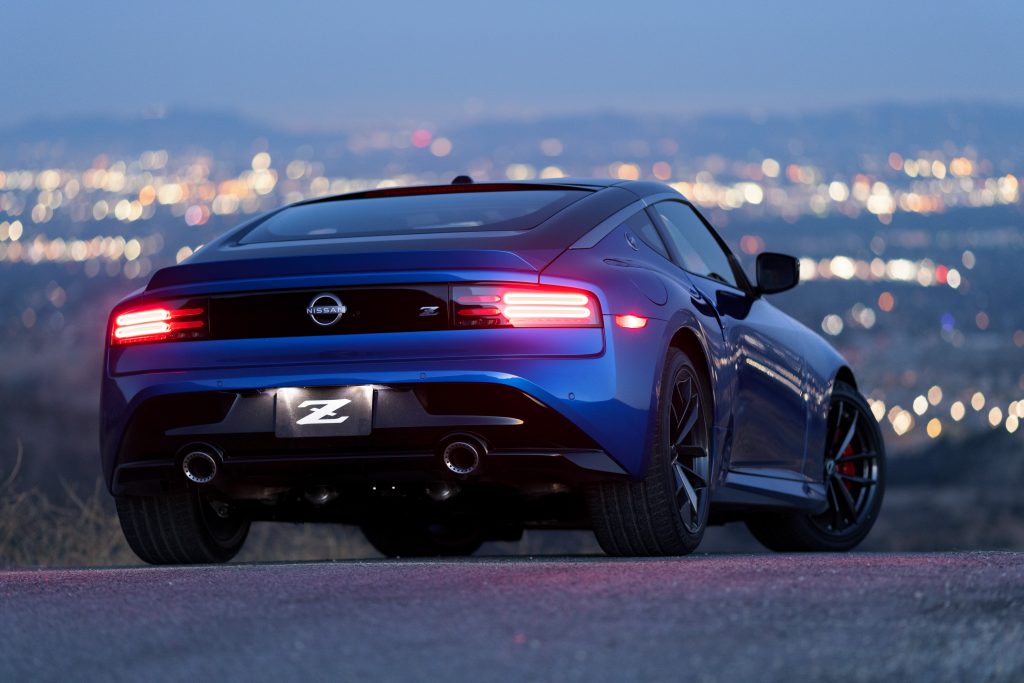
The last generation Nissan 370Z was introduced well over a decade ago, and sports car enthusiasts have been urging Nissan to unleash an updated Z car pretty much ever since.
And Nissan just delivered.
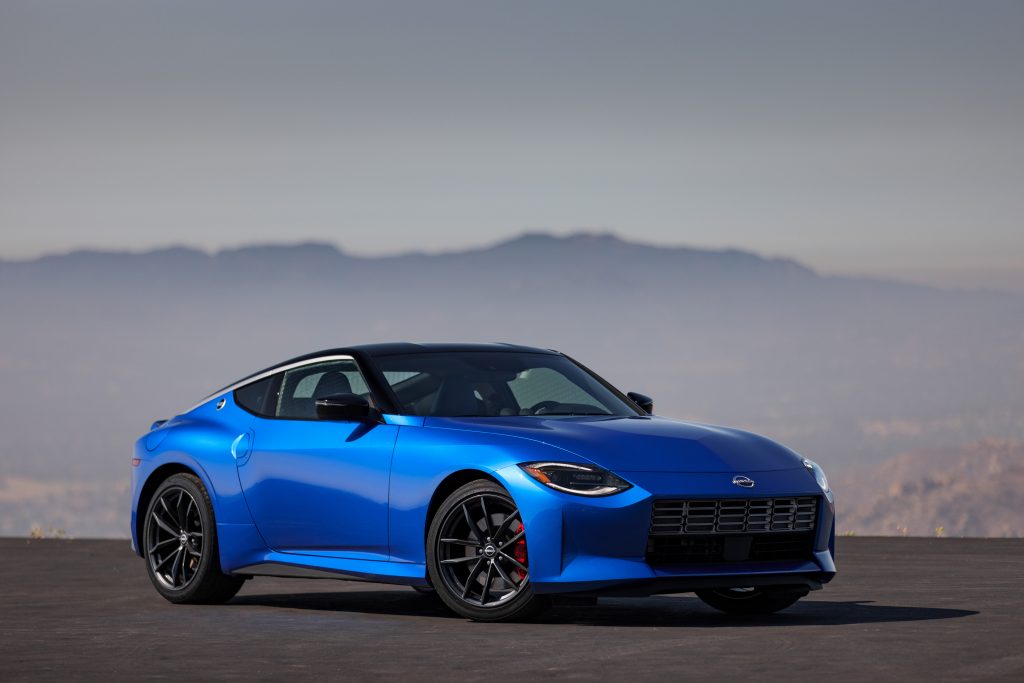
The first thing you’ll notice (other than the gorgeous Z32-inspired taillights) is that Nissan appears to have dropped any numerical designation on the car’s name. Previous Z cars have typically included some nod to their respective engine displacement (for example, the original was a 240Z due its 2.4L engine, the 300ZX had a 3.0L, and so on).
This time, Nissan’s simply calling this one the “Z.”
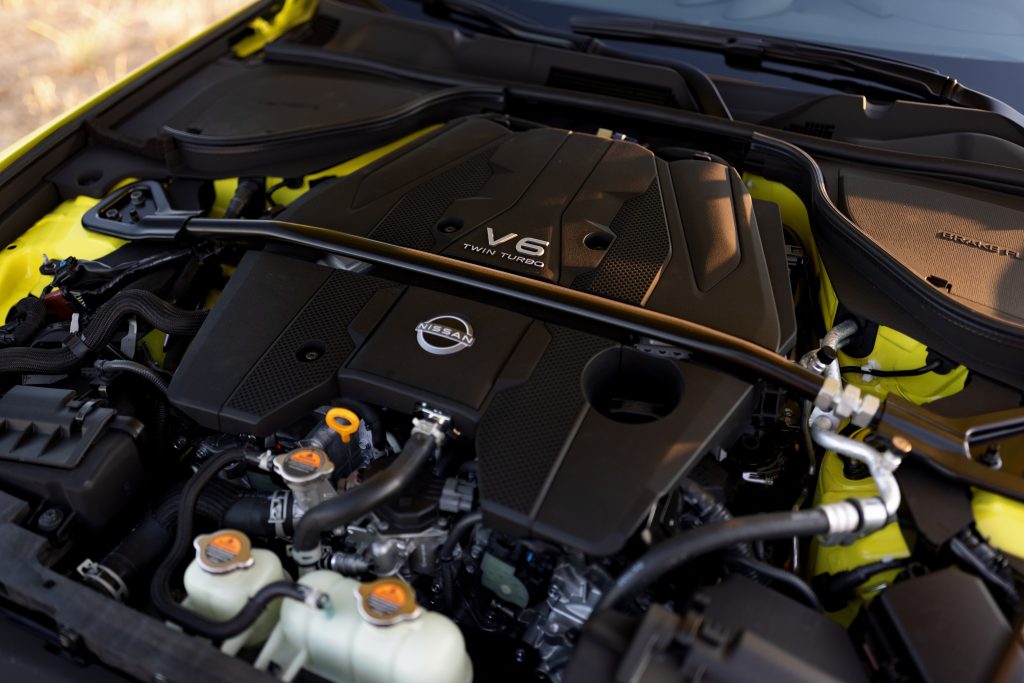
But even through it’s absent from the rear badge, let’s talk about the engine—because it definitely needs to be talked about.
The new Z’s powerplant is part of Nissan’s potent VR-series engines that are also found in cars like the fire-breathing GT-R. The Z’s engine, known internally as the VR30DDTT, is a 3.0L twin turbo V6 that’s cranking out 400 horsepower and 350 lb.-ft. of torque. (If you’re keeping track at home, that’s close to 70 more HP than the outgoing 370Z.)
It’s got aluminum heads and an aluminum block, with two direct-mounted turbochargers. The engine debuted in the 2016 Infiniti Q50.
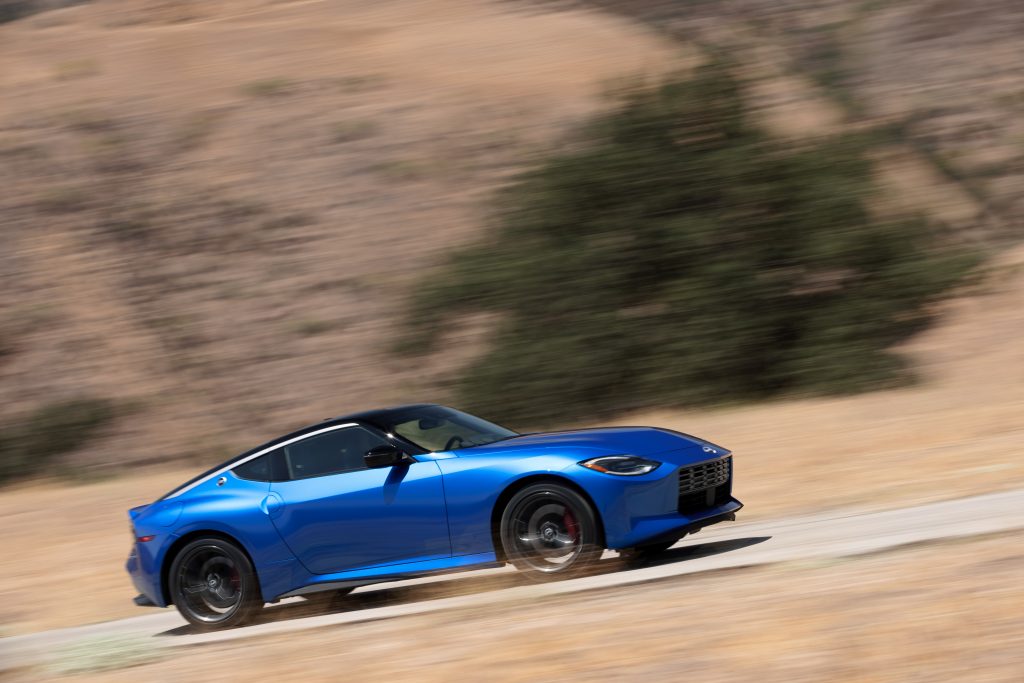
Yet the best news here is that you can still get it with a six-speed manual transmission and a heavy-duty clutch. A paddle-shifted nine-speed automatic is also available. And sports car purists will also be happy to know that power still goes exclusively to the rear wheels via a carbon fiber composite driveshaft. Four-wheel disc brakes handle the stopping duties.
Nissan says the new Z gets a ton of suspension enhancements, complemented by increased structural rigidity. The automaker also explains that the Z’s front suspension geometry gets a bit of a tweak, thanks to a revised double-wishbone design. It’s got electric steering and a front strut tower brace too.
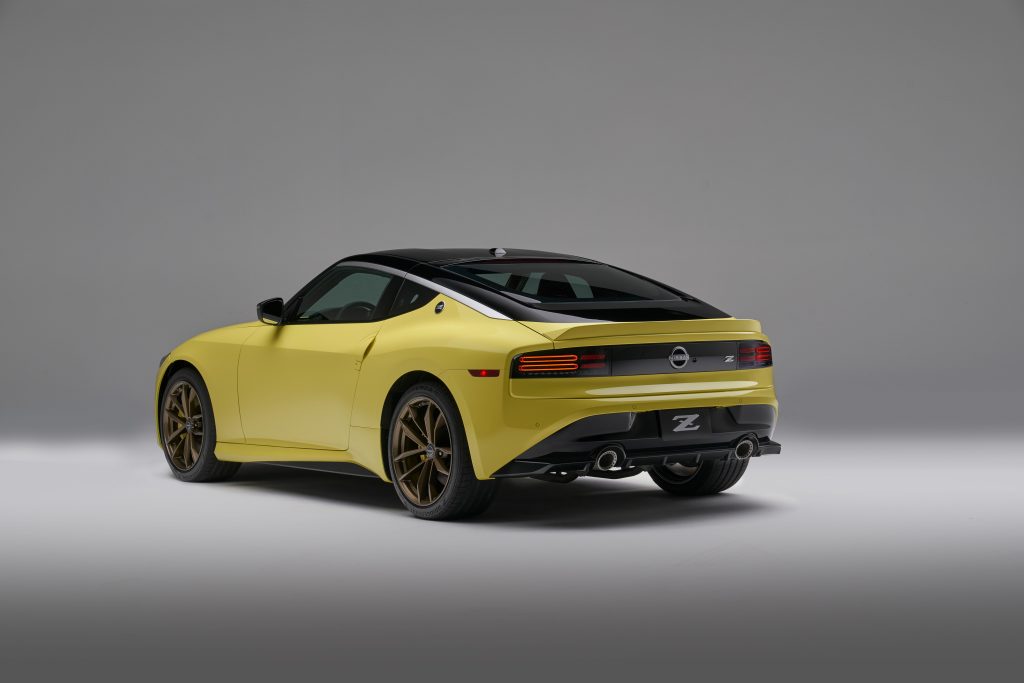
The exterior styling is also noteworthy as it takes a lot of design cues from Z cars of ages past, without being too in-your-face with the retro thing. The car’s silhouette echoes the earlier editions, and the front grille treatment is heavily inspired by the first-generation Nissan 240Z.
Inside, there are the expected touchscreen doodads, a digital dash display, and whatnot, but we’re glad to see Nissan retained the three analog gauge pods (boost/turbo speed/voltmeter) on the top of the dash—another throwback to earlier Z cars and a reminder that this is, first and foremost, a driver’s car.
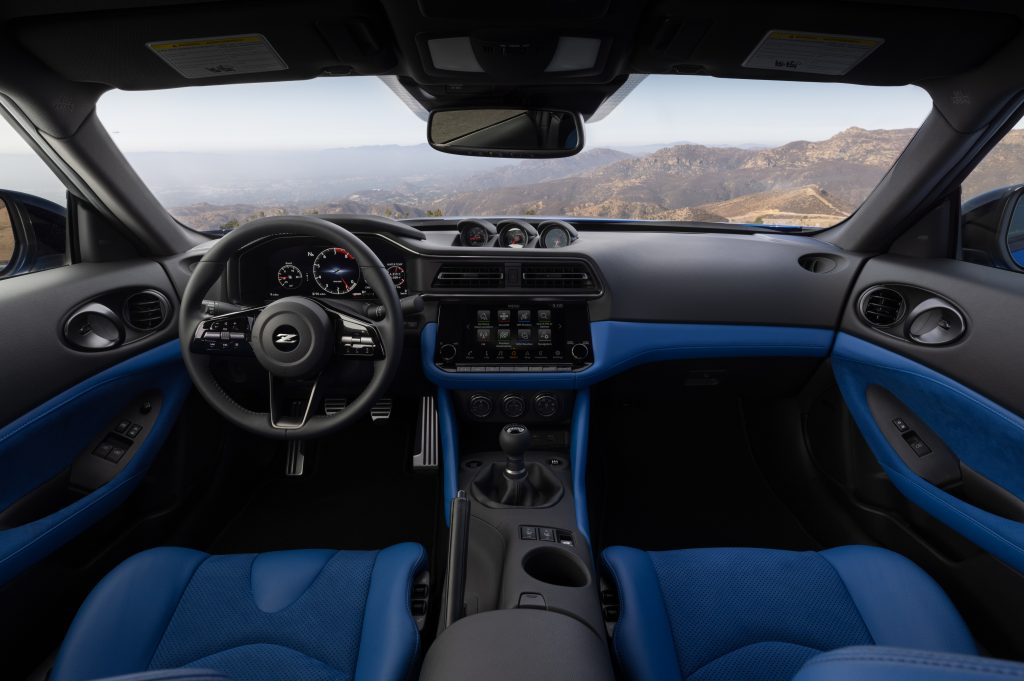
While Nissan didn’t say much about pricing, we expect it to be a bit north of where the 370Z currently sits in the market. Nissan says you’ll start seeing the new Z arrive in North American showrooms early next year.
You can get more details on the new Z at NissanUSA.com.
Oh , and Nissan also made a cool infographic on the evolution of its Z cars. Click here to check it out.
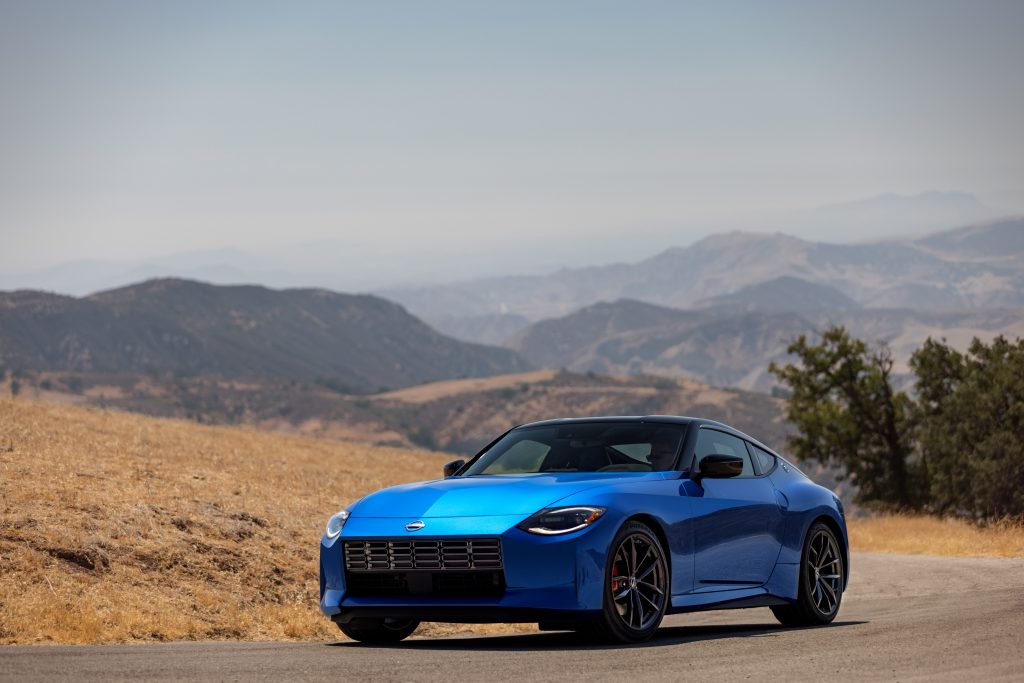

Love my 2021 Sentra SR 6SPD
I WANT A 400Z FOR MY COLLECTION
How about an electric Z?
The 2023 Z is an excellent sports and touring car. My wife and I recently took a 2000-mile tour of New England and found the Z able to accommodate 2 medium size hard shell luggage, and 2 small duffle bags. It is comfortable, quiet (except when accelerating hard), handles and brakes well, accelerates with gusto and got nearly 30 mpg on 93 octane fuel with the 9-speed automatic. Having owned numerous sports cars, the new Z is a joy to drive, with quality evident throughout.